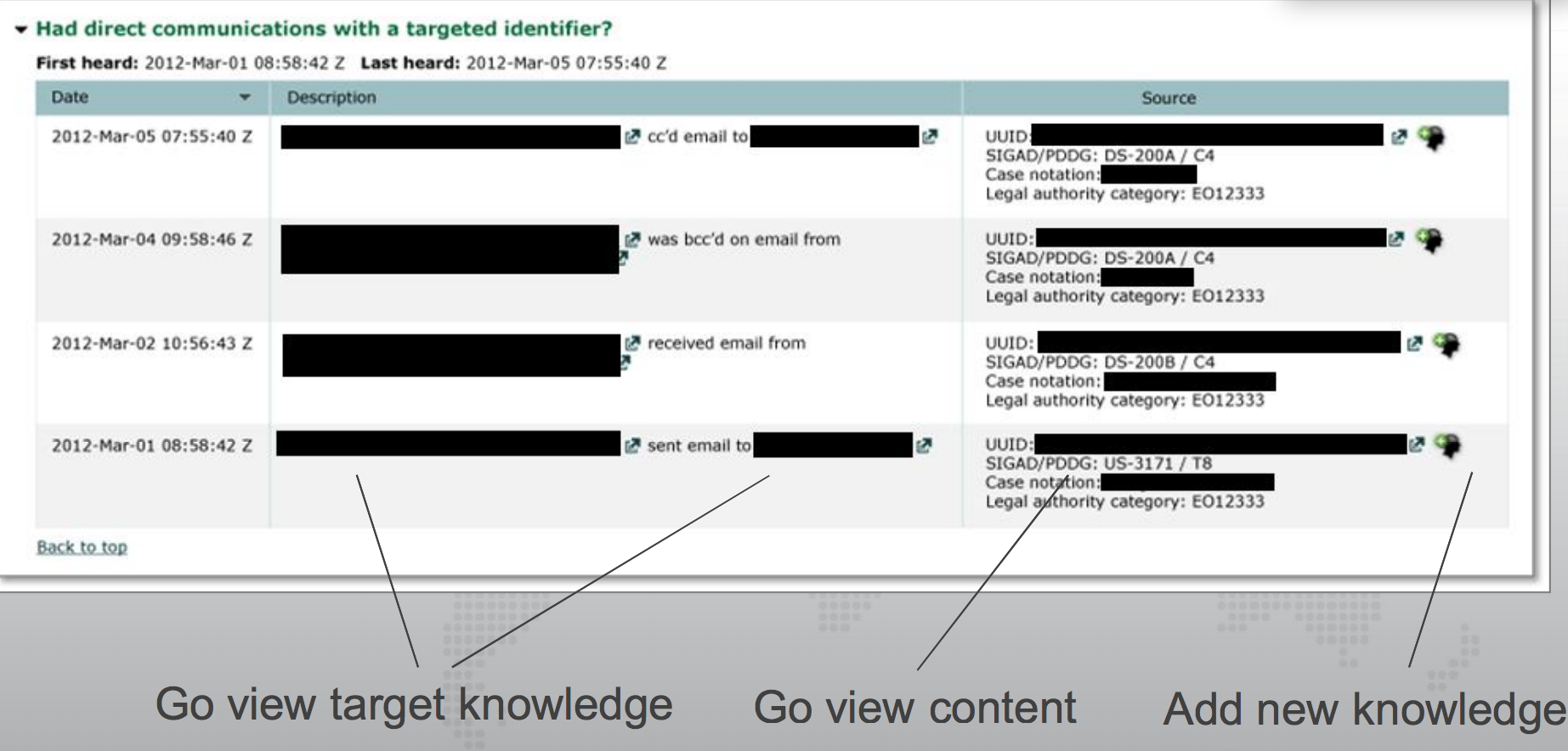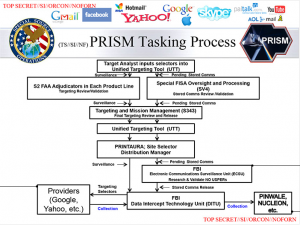Trump Refuses to Keep This Country Safe from Terrorism
I thought a lot about two things over the weekend.
I thought about the line that disqualifies an otherwise excellent book on left wing terrorism in the 1970s, Days of Rage: “With the possible exception of the Ku Klux Klan,” author Bryan Burrough claimed close to the beginning of the book, “the United States until 1970 had never spawned any kind of true underground movement committed to terrorist acts.” The book, which spends a lot of time talking about left wing political violence in significant part stemmed out of a concern for the rights of African Americans, utterly dismissed (perhaps because it was so widely accepted it could barely be called “underground”?) America’s most persistent terrorist movement as such. The line has haunted me ever since as an example of the kind of blindness even experts have about the centrality of right wing terrorism in American history.
I thought, too, about Charlie Savage’s description in Power Wars of how Scott Brown’s team claimed that his polling showed he won the 2010 special election to replace Ted Kennedy chiefly because of perceptions of how Obama responded to Umar Farouk Abdulmutallab’s failed Christmas Eve bombing, because Brown attacked Obama for wanting to give terrorists due process. Once Republicans learned that, they doubled down, encouraging voters to become more afraid.
In a question-and-answer period following his prepared remarks, [Mitch] McConnell candidly acknowledged the political advantage of hammering away at the issue, citing Brown’s victory.
“If this approach of putting these people in U.S. courts doesn’t play in Massachusetts, I don’t know where it sells,” McConnell said, adding: “You can campaign on these issues anywhere in America.”
As Savage describes, that was when Obama started caving on his efforts to adopt a more reasonable approach to terrorism, first reversing Eric Holder’s decision to try the 9/11 defendants in NYC, then launching an 18-month campaign to drone kill Anwar al-Awlaki, and ultimately failing to close Gitmo or hold torturers to account.
Now, as Savage tells it, all that arose solely out of the Abdulmutallab case. He barely covered an event that preceded it, one where Republicans very much set up the Brown lines: when Pete Hoekstra leaked information obtained via FISA collection showing that Nidal Hasan had had communications with Awlaki before his attack on Fort Hood, using it to suggest the Obama Administration should have prevented the Fort Hood attack by adequately analyzing collected communications. Republican efforts to exact a cost from Obama for a more reasonable approach to terrorism (which included demanding that Obama call Hasan’s attack on a military target, terrorism) actually preceded the Abdulmutallab attack, and it was far more deliberate than made out.
The point is, though, that it had the short term desired effect of breaking the Democratic super majority in the Senate and the longer term effect of making Obama reactive on terrorism, rather than proactive (even through the time, in 2013, when Massachusetts was successfully attacked at the Boston Marathon and polls showed people actually didn’t want any more limits on civil liberties). Republicans deliberately and successfully forced a president who wanted to be something other than a War on Terror President to instead be just that.
And now, 8 years after Mitch McConnell gleefully said Republicans should run on hard nose accountability for terrorist attacks everywhere, Republicans are whining that Democrats are treating Trump’s actions in advance of and in the wake of serial right wing terrorist attacks last week as a political issue.
In the wake of last week’s terrorist attacks, we have returned to a discussion we always have after such things, why we call Islamic terrorism terror, but call the targeting of black churches and Jewish synagogues hate crimes and the attempted assassination of Democratic figures bomb attacks. Popehat wrote a worthy lawsplainer, from the viewpoint of a former prosecutor, why domestic terrorists don’t get (immediately) labeled as terrorist attacks. 9/11 Commission staffer Daniel Byman acknowledged that while we don’t have the same legal structure for pursuing domestic terrorist as we do terrorism with a foreign nexus, for the Pittsburgh case, at least, we should probably use the T-word.
I’ve talked about why it is important to call domestic terrorism terrorism here: First, because not doing so results in an equal protection problem, where Muslims are more likely to be targeted in a sting because the FBI has greater access to the communications of still-innocent people with suspect people overseas. And, because calling something terrorism conceives of the possibility of a supporting network, and investigating that network might prevent deaths, such as those perpetrated by the networks of Eric Rudolph or Kevin Harpham.
But the government may not call these acts terrorism. That’s true, in part, because DOJ has invented a separate category to criminalize (impose the death penalty on) hateful motives with hate crimes designation. In addition, Jeff Sessions’ DOJ has adopted a deliberate policy of record-keeping to try to claim that the greatest threats come from outside the country, which is paralleled by their thus far unsuccessful attempt to brand the (US-born) MS-13 gang both as a threat sourced from Central American and as a threat to rival ISIS.
Trump’s effort to brand a group of refugees 1,000 miles from the border as a more urgent threat to the country than corruption or climate change or domestic gun violence — an effort which likely had a tie to both Cesar Sayoc’s terrorist attempt and Robert Bowers’ mass killing — is more of the same, an effort to claim that the most critical threats are foreign and anything he deems a threat is therefore un-American, also foreign.
Ultimately, the reason why the government won’t call last week’s attacks terrorism, however, is precisely the reason they should. Call them terror attacks, and the networks of support and enablers get investigated rather than just isolated men treated as lone wolves. Call them terror attacks, and we start to ask what responsibility Lou Dobbs or Steve King or Chris Farrell (or the people who vote for and fund them) — or Donald Trump — have for the attacks, in the same way we held Anwar al-Awlaki responsible for his role in the terrorist attacks that Scott Brown exploited to get elected.
Byman describes correctly how contentious this can be, because those espousing the same policies as terrorists don’t want to be associated with those terrorist acts.
[D]omestic terrorism often has a bigger political impact than jihadi violence. A foreign-based attack brings America together in the face of tragedy. But right-wing (and left-wing) violence is more likely to divide the country. Just this week, for example, 56-year-old Cesar Sayoc reportedly sent explosive packages to CNN, Democratic politicians, and others seen as “enemies” of Trump. Some right-wing voices immediately embraced conspiracy theories rather than recognizing his activities for what it was. Domestic terrorists poke at bigger political wounds than do jihadis, with at least some Americans sympathizing with their cause even as they reject their violent means.
In turn, observers often avoid the word “terrorism” because peaceful proponents of right-wing and left-wing causes don’t want to be lumped together, even by weak association, with terrorists. We can and should recognize that most political groups of all stripes abhor violence. Doing so—while also acknowledging that the groups and individuals who don’t belong in a separate category—will better enable the United States to isolate extremists and cut them off before the next tragedy.
Which is why this post bears the headline, “Trump refuses to keep this country safe from terrorism” rather than Trump fosters terrorism, even if I believe the latter to be the case.
Because until the time those willing to coddle Trump’s racism in the name of tribal loyalty are defeated politically, they will want to pitch questions about what to label Cesar Sayoc and Robert Bowers’ actions as an attack on themselves.
Instead, let’s make it an attack on Donald Trump’s basic competence as President, one the Republicans themselves, from top to bottom, have embraced.
It is the Republican party of Karl Rove and Mitch McConnell and Scott Brown and (Trump Ambassador to the Netherlands) Pete Hoekstra that says a President who won’t keep the country safe from terrorism must be defeated politically. Me, I’d rather deal with all this domestic terrorism by first closely tracking those accused of domestic violence (which would have the effect of preventing non-ideological mass killings along with the ideological mass killings and attempts) and by noting that under George W Bush and Obama, the FBI was actually pretty good at discovering right wing terrorism without the tools they have against Islamic terrorism. I’d rather Democrats run on the fear of losing health insurance or the impact of climate change or gun violence generally.
But not Republicans. Republicans believe that a President who refuses to take a very aggressive approach to terrorism should not be President. So for those Republicans, let’s make this an issue not of the ways Trump’s network fostered actions like we saw last week, but how Trump’s Administration has chosen not to combat terrorism.



